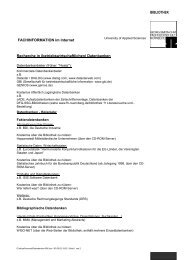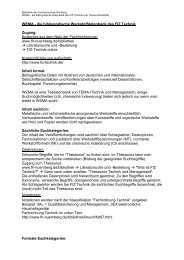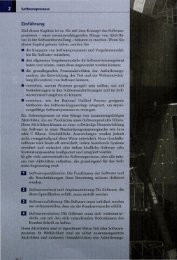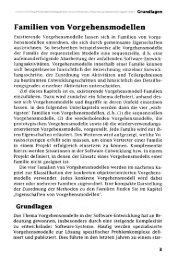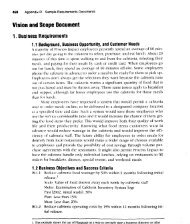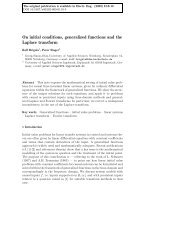Establishing the Product Vision and Project Scope
Establishing the Product Vision and Project Scope
Establishing the Product Vision and Project Scope
Create successful ePaper yourself
Turn your PDF publications into a flip-book with our unique Google optimized e-Paper software.
92 Part II Software Requirements Development<br />
a bad thing if it helps you steer <strong>the</strong> project toward satisfying evolving customer<br />
needs. The vision <strong>and</strong> scope document Iets you assess whe<strong>the</strong>r proposed features<br />
<strong>and</strong> requirements are appropriate for inclusion in <strong>the</strong> project. Remember,<br />
whenever someone requests a new requirement, <strong>the</strong> analyst needs to ask, "Is<br />
this in scope?"<br />
One response might be that <strong>the</strong> proposed requirement is clearly out of<br />
scope. It might be interesting, but it should be addressed in a future release or by<br />
ano<strong>the</strong>r project. Ano<strong>the</strong>r possibility is that <strong>the</strong> request obviously lies within<br />
<strong>the</strong> defined project scope. You can incorporate new in-scope requirements in <strong>the</strong><br />
project if <strong>the</strong>y are of high priority relative to <strong>the</strong> o<strong>the</strong>r requirements that were<br />
already committed. Including new requirements often involves making a decision<br />
to defer or cancel o<strong>the</strong>r planned requirements.<br />
The third possibility is that <strong>the</strong> proposed new requirement is out of scope<br />
but it · s such a good idea that <strong>the</strong> project scope should be modified to accommodate<br />
it. That is, <strong>the</strong>re's a feedback loop between <strong>the</strong> user requirements <strong>and</strong><br />
<strong>the</strong> business requirements. This will require that you update <strong>the</strong> vision <strong>and</strong><br />
scope document, which should be placed under change control at <strong>the</strong> time it is<br />
baselined. When <strong>the</strong> project's scope is increased, you will usually have to renegotiate<br />
<strong>the</strong> planned budget, resources, schedule, <strong>and</strong> perhaps staff. Ideally, <strong>the</strong><br />
original schedule <strong>and</strong> resources will accommodate a certain amount of change<br />
because of thoughtfully included contingency buffers (Wiegers 2002d). However,<br />
unless you originally budgeted for some requirements growth, you'll need<br />
to replan after requirements changes are approved.<br />
<strong>Scope</strong> Management <strong>and</strong> Timebox Development<br />
Enrique, a project managerat Lightspeed Financial Systems, had to deliver<br />
an lnternet-enabled version of Lightspeed's flagship portfolio management<br />
software. lt would take years to fully supplant <strong>the</strong> mature application,<br />
but Lightspeed needed an Internet presence right away. Enrique<br />
selected a timebox development approach, promising to release a new<br />
version every 90 days (McConnell 1996). His marketing team carefully prioritized<br />
<strong>the</strong> product's requirements. The SRS for each quarterly release<br />
included a committed set of new <strong>and</strong> enhanced features, as we11 as a list<br />
of lower-priority "stretch" requirements to be implemented as time permitted.<br />
Enrique's team didn't incorporate every stretch requirement into each<br />
release, but <strong>the</strong>y did ship a new, stable version every three months<br />
through this schedule-driven approach to scope management. Schedule<br />
<strong>and</strong> quality are normally constraints on a timeboxed project<strong>and</strong> scope is<br />
a degree of freedom.




